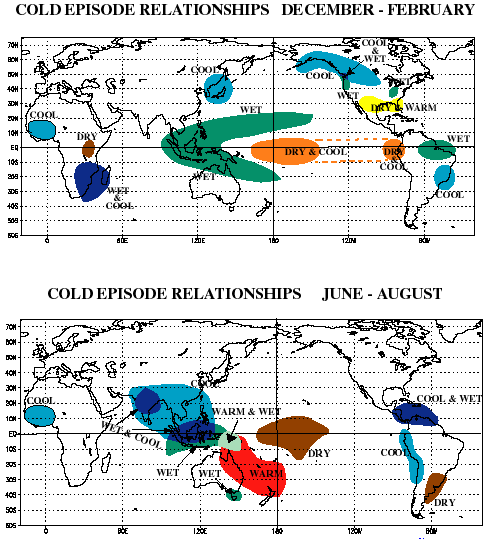Moon River wider than a mile
Posted: Thu Sep 02, 2010 12:37 pm
http://en.wikipedia.org/wiki/Chenab_River wrote:<<The Chenab River (literally: 'Moon(Chan) چن River(aab)' آب) is formed by the confluence of the Chandra and Bhaga rivers at Tandi located in the upper Himalayas in Himachal Pradesh, India. The Chenab then joins the Indus at Mithankot, Pakistan. The total length of the Chenab is approximately 960 kilometres. The river was known to Indians as Acesines to the Ancient Greeks. In 325 BC, Alexander the Great allegedly founded the town of Alexandria on the Indus at the confluence of the Indus and the combined stream of Punjab rivers. This river has been in the news of late due to the steps taken by the Indian government to build a number of hydro power dams along its length (in India), notably the Baglihar hydel power project(expected time of completion 2008). These planned projects on Chenab have been contested by Pakistan which says that India is breaking the terms and clauses of the Indus water treaty by storing and channeling the waters of this river.
The Chenab has the same place in the consciousness of the people of the Punjab as, say, the Rhine holds for the Germans, or the Danube for the Austrians and the Hungarians. It is the iconic river around which Punjabi consciousness revolves, and plays a prominent part in the tale of Heer Ranjha, the Punjabi national epic and the legend of Sohni Mahiwal.>>
http://earthobservatory.nasa.gov/IOTD/view.php?id=45548 wrote:
<<By late August 2010, the floodwaters that had inundated northern Pakistan slowly began to recede, although the flooding left behind a wide swath of destruction throughout the country. As of August 21, 2010, the Chenab River remained well above its normal level near the central-Pakistan city of Multan, as the top natural-color image from the Landsat 5 satellite shows. The Chenab River normally consists of braided channels near the city of Multan, as shown in the lower image from August 2, 2009. In 2010, muddy waters filled the entire riverbed and pushed outward onto the floodplain. Water on the floodplain is especially apparent near the airport, marked by the lone north-south runway. Muddy brown and green flood water covers what had been rectangular farm fields around the Taunsa-Panjnad Link canal.
Flooding is not obvious in the city of Multan, but outlying regions closer to the river were clearly affected. The Washington Post reported that throughout the country, some 1.2 million houses, 10,000 schools, 35 bridges, and nearly one-tenth of Pakistan’s national highway system had been damaged or completely destroyed. Broken sewer lines and tainted wells left millions of residents—many of them children and elderly—vulnerable to waterborne diseases. As river levels slowly fell in the north, farmers returned to mud-caked fields to find livestock dead or washed away. The torrential monsoon rains in the summer of 2010 inundated one-fifth of Pakistan—an area the size of England. Much of the submerged land was Pakistan’s prime cropland. Although fields in the north might be planted in time for the next harvest—provided farmers weren’t compelled to use their seed as food—many fields in southern Pakistan remained underwater. The flood surge pushed southward down the Indus, submerging cities near the coast.>>








